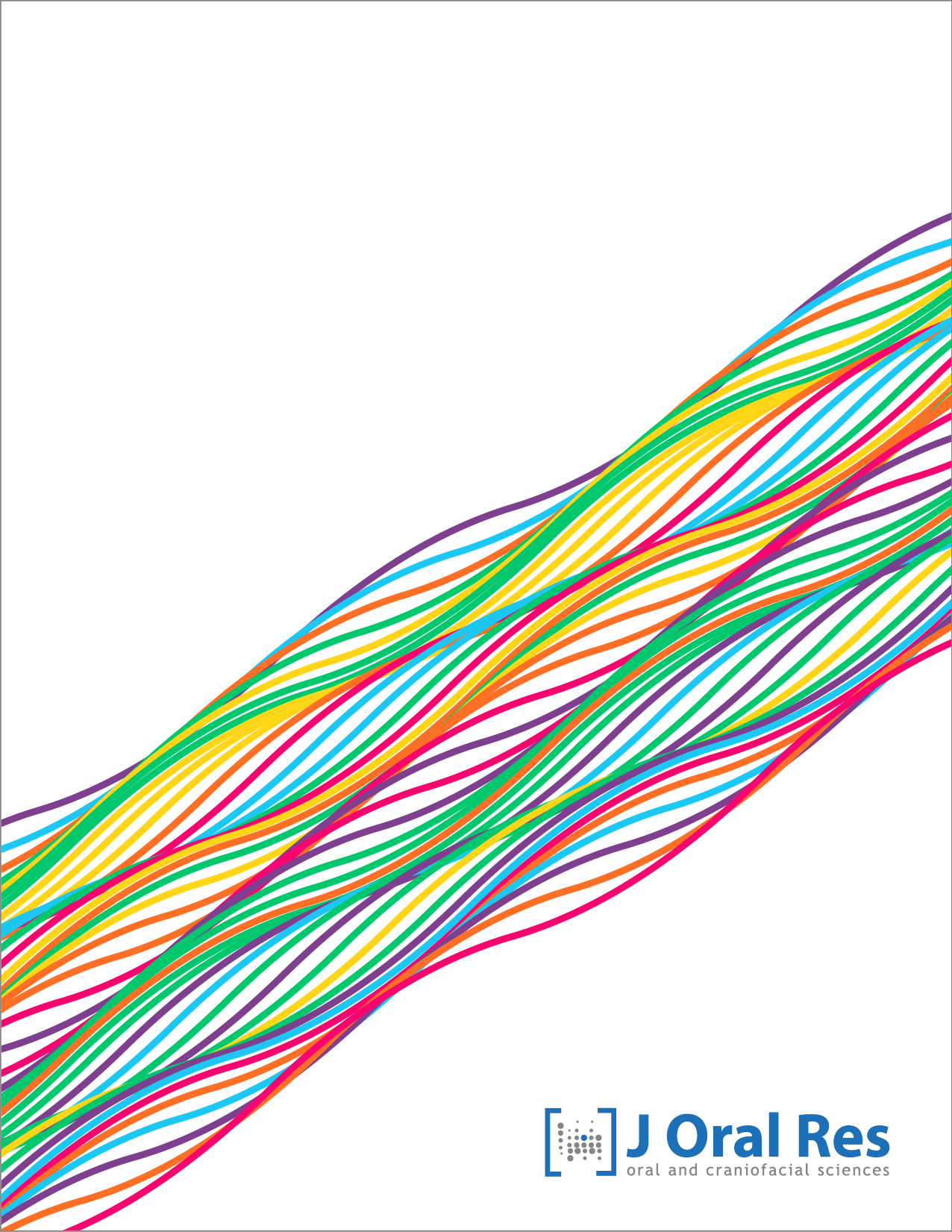¿Es Enterococcus faecalis el microorganismo más comúnmente involucrado en infecciones endodónticas postratamiento?
DOI:
https://doi.org/10.17126/joralres.2021.058Resumen
.
Descargas
Citas
[1]. Anderson AC, Jonas D, Huber I, Karygianni L, Wölber J, Hellwig E, Arweiler N, Vach K, Wittmer A, Al-Ahmad A. Enterococcus faecalis from Food, Clinical Specimens, and Oral Sites: Prevalence of Virulence Factors in Association with Biofilm Formation. Front Microbiol. 2016;11;6:1534.
[2]. Chen L, Li X, Zhou X, Zeng J, Ren Z, Lei L, Kang D, Zhang K, Zou J, Li Y. Inhibition of Enterococcus faecalis Growth and Biofilm Formation by Molecule Targeting Cyclic di-AMP Synthetase Activity. J Endod. 2018;44:1381-8.
[3]. Pinheiro ET, Gomes BPFA, Ferraz CCR, Teixeira FB, Zaia AA, Souza Filho FJ. Evaluation of root canal microorganisms isolated from teeth with endodontic failure and their antimicrobial susceptibility. Oral Microbiol Immunol. 2003;18:100-3.
[4]. Escapa IF, Chen T, Huang Y, Gajare P, Dewhirst FE, Lemon KP. 2018. New insights into human nostril microbiome from the expanded Human Oral Microbiome Database (eHOMD): a resource for the microbiome of the human aerodigestive tract. mSystems 3:e00187-18.
[5]. Higuchi R, Gyllensten U, Persing DH. Next-generation DNA sequencing and microbiology. Molecular microbiology. diagnostic, principles and practice. Persing DH, Tenover FC, Tang Y-W, Nolte FS, Hayden RT, van Belkum AASM Press. Washington DC. 2011; 301–12.
[6]. Tzanetakis GN, Azcarate-Peril MA, Zachaki S, Panopoulos P, Kontakiotis EG, Madianos PN, Divaris K. Comparison of Bacterial Community Composition of Primary and Persistent Endodontic Infections Using Pyrosequencing. J Endod. 2015;41:1226-33.
[7]. Siqueira JF, Jr, Antunes HS, Roc?s IN, Rachid CTCC, Alves FRF. Microbiome in the Apical Root Canal System of Teeth with Post-Treatment Apical Periodontitis. PLoS ONE. 2016;11(9): e0162887.
[8]. Sánchez-Sanhueza G, Bello-Toledo H, González-Rocha G, Gonçalves AT, Valenzuela V, Gallardo-Escárate C. Metagenomic study of bacterial microbiota in persistent endodontic infections using Next-generation sequencing. Int Endod J. 2018;51:1336-1348.
[9]. Qian W, Ma T, Ye M, Li Z, Liu Y, Hao P. Microbiota in the apical root canal system of tooth with apical periodontitis. BMC Genomics. 2019;4;20(Suppl 2):189.
[10]. Siqueira JF Jr, Antunes HS, Pérez AR, Alves FRF, Mdala I, Silva EJNL, Belladonna FG, Rôças IN. The Apical Root Canal System of Teeth with Posttreatment Apical Periodontitis: Correlating Microbiologic, Tomographic, and Histopathologic Findings. J Endod. 2020;46:1195-1203.
Publicado
Cómo citar
Número
Sección
Derechos de autor 2021 Facultad de Odontología, Universidad de Concepción, Chile.

Esta obra está bajo una licencia internacional Creative Commons Atribución 4.0.
Este es una Revista de acceso abierto distribuido bajo los términos de Creative Commons Attribution License (CC BY 4.0). Se permite el uso, distribución o reproducción en otros foros, siempre que se acredite al autor o autores originales y a los propietarios de los derechos de autor y se cite la publicación original en esta revista, de acuerdo con la práctica académica aceptada. No se permite ningún uso, distribución o reproducción que no cumpla con estos términos. © 2023.










